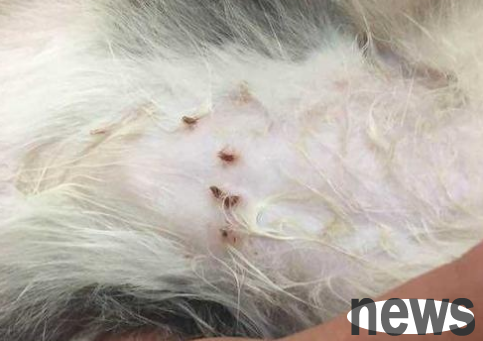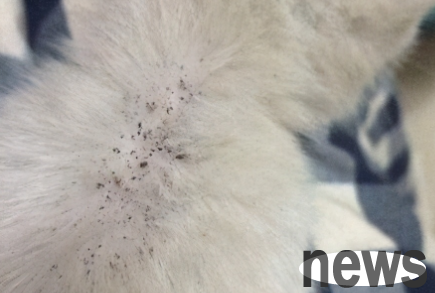Fleas are a headache for many cat owners. The owner often finds that there are fleas suddenly on the cat. The cat ticks hard, and then searches it all over its hair, but cannot catch the fleas, or uses some wrong methods to eliminate fleas on the ca...
Fleas are a headache for many cat owners. The owner often finds that there are fleas suddenly on the cat. The cat ticks hard, and then searches it all over its hair, but cannot catch the fleas, or uses some wrong methods to eliminate fleas on the cat, which will eventually worsen the cat's condition.

1. How do we know that cats have fleas
, you can look at them with your eyes, pay special attention to the area above your waist and hips. However, fleas are very good at hiding, and not finding them does not mean they are not. Flea combs are also used. Flea combs can effectively help clean up parasites and dander in cats such as fleas and other fleas. They can also be used for hair treatment in details of eyebrows and other parts. The flea comb teeth are very dense and fleas cannot pass through them freely.

Finding flea poop is also a good way to find fleas. The poop is black comma-shaped and will turn red when exposed to water. This is the best way to distinguish between flea poop and dust. As long as there is poop, there will definitely be fleas.
2. If the conditions of the flea are suitable, the flea's life cycle can be completed within 15 days. Flea growth is suitable for the growth of heated and carpeted homes all year round. An adult flea can produce thousands of eggs, larvae and adults waiting to hatch at home.
Each adult flea lays 40-50 eggs per day. The eggs fell from the pets onto the carpet, in the yard, and in the car. The eggs become larvae after 1-10 days. The larvae become pupate after 5-11 days. The pupa becomes an adult after 7-174 days.
3. Ways to infect cats
Cats are naturally fond of smelling and licking everywhere, and they can easily swallow insect eggs into their bodies; at birth, the cat may have been infected through the placenta; when it was not weaned, it was infected by insect eggs in mother's milk; when eating homemade food, it was infected by insect eggs in uncooked meat; when hunting on its own, it was infected after eating prey like mice.